The textile museum in the Culture Centre brings together a chronological portrayal of the growth of the textile industry. Models of charkhas, spinning and knitting machines, a wide selection of stitches, weaves and knits, and displays donated by personal collectors makes the museum a must-see on the itinerary of travellers and textile enthusiasts.
We start with Room No.11 on the ground floor. The history of Textile technology is depicted in rooms 11, 12 & 13. Beginning with whorl wheels of Egypt and the spinning wheels of Mohanjadaro the growth and development of spinning and weaving is exhibited in these rooms through charts, models and actual machines in a few cases. The development of the early stages of the Industrial Revolution are exhibited in their logical sequence.
There are a number of items of interest in the section. One is the Saxony spinning wheel (1530 AD). It makes use a foot pedal for imparting motion to the wheel and frees both hands for the process of spinning, so that it helps to increase production. There is a 1000 year old fabric from a Nigerian cave. The Mule which is an automated version of the traditional spinning wheel and the Memorandum of articles of association of first mill in Coimbatore are also exhibited. The different systems of yarn formation that have been developed in recent years and the yarn characteristics of each system are shown in the form of models in Room 13.
Room 14 contains antique sarees, other textiles and artifacts. These belong to Craft Council of Tamil Nadu, Coimbatore and are exhibited by the courtesy.
A history of costumes in India from the time of Mohanjadaro down to the 19th century is depicted in the form of pictures in Rooms 15 &16. Since no costumes of the past have survived, we have had to depend on sculptures of various periods for our information in this regard.
The use of unusual fibres such as banana fibre, pineapple fibre, screw pine and ramie are also illustrated in the form of samples in Room 15 in show case No.2. A rare exhibit in the section is a piece of fine Muslin made from 400s metric count, hand spun and hand woven. A kilogram of this yarn would stretch to 400 kilo meters!
The richness of Textiles in general are shown in Room 16 of special interest is a Japanese wedding dress.
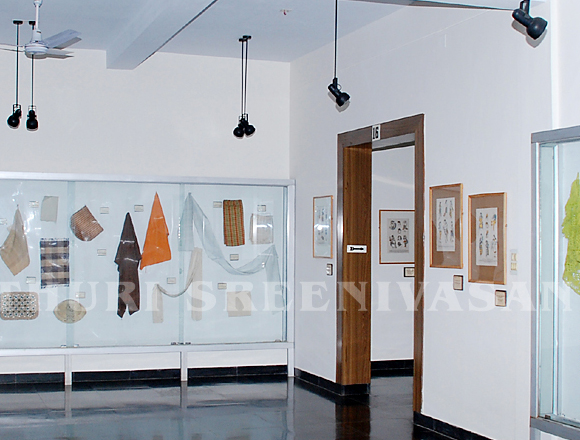

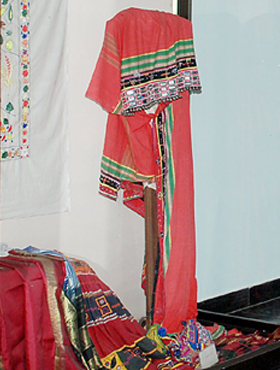

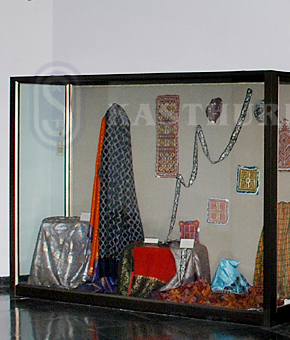
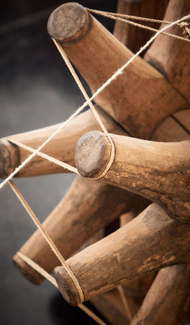

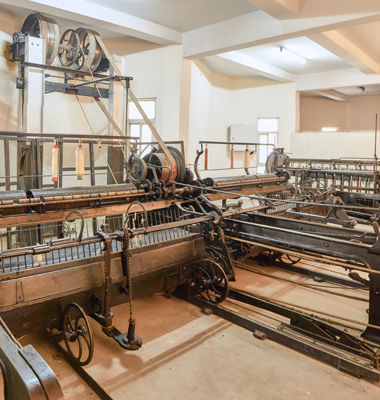
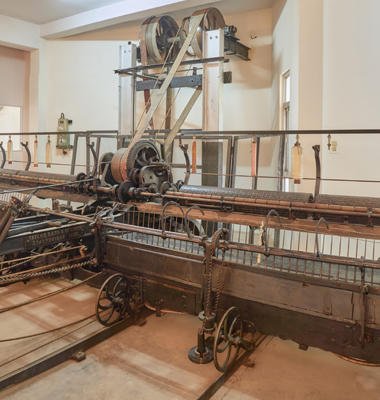


Types of handlooms from various parts of India as well as sketches of various types of handlooms used by American Indians are exhibited in Room 17. Of special interest are six paintings on mica depicting handloom operations in India painted in the 17th century. These paintings were taken by the East India Company to England to show their customers and were brought back by the Founder Trustee. Sarees of ancient design produced for the Festival of India are shown by the courtesy of the Ministry of Textiles.
The objective of the textile museum is not only for providing knowledge regarding the growth of textile from a technological as well as aesthetic point of view, but also to make the visitor feel proud about the rich heritage of Indian textiles.
We hope, you have enjoyed your visit to the Culture Centre. Suggestions for its improvement are welcome. We also hope that this centre has been a valuable addition to the intellectual and cultural life of our city.